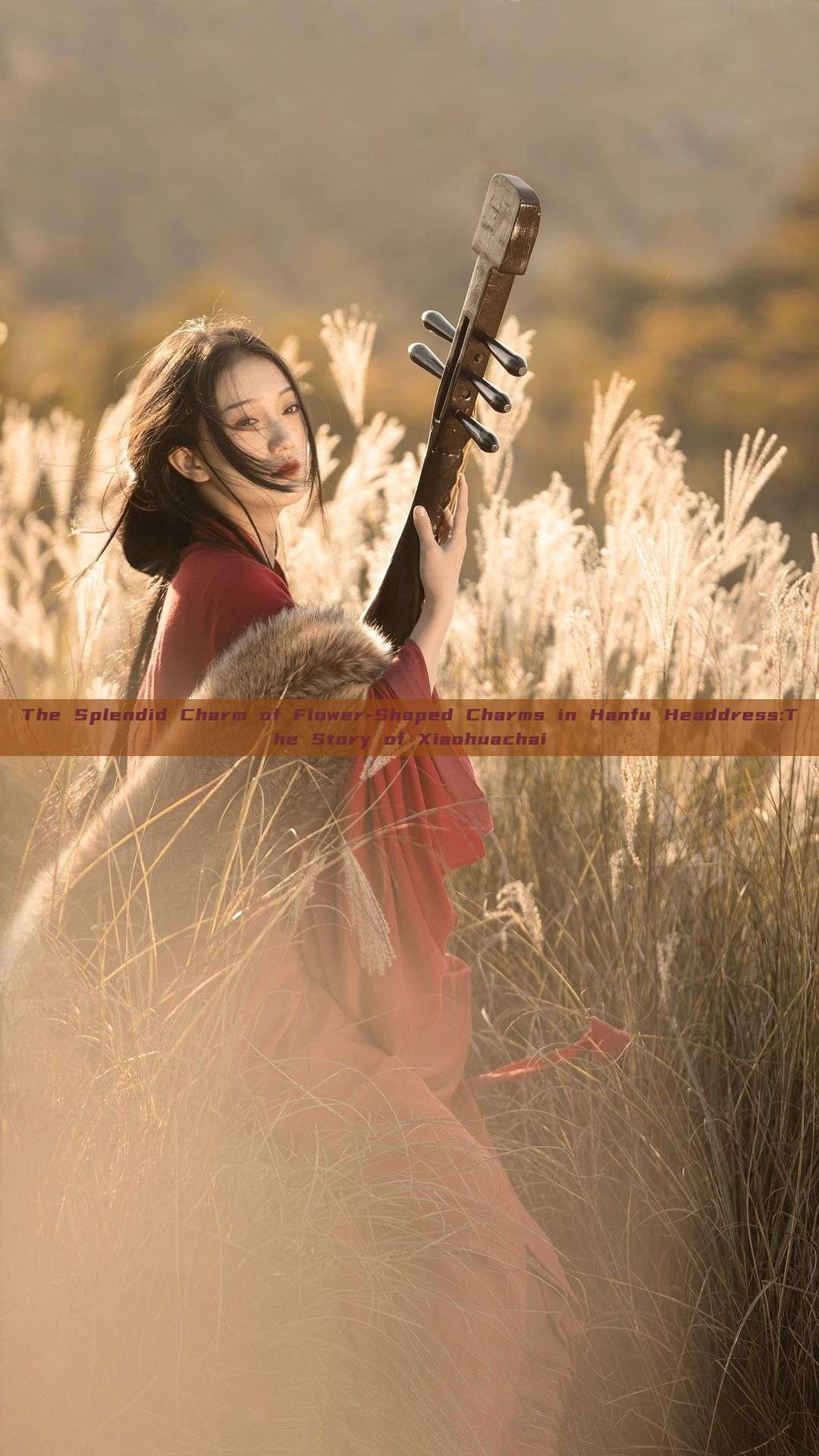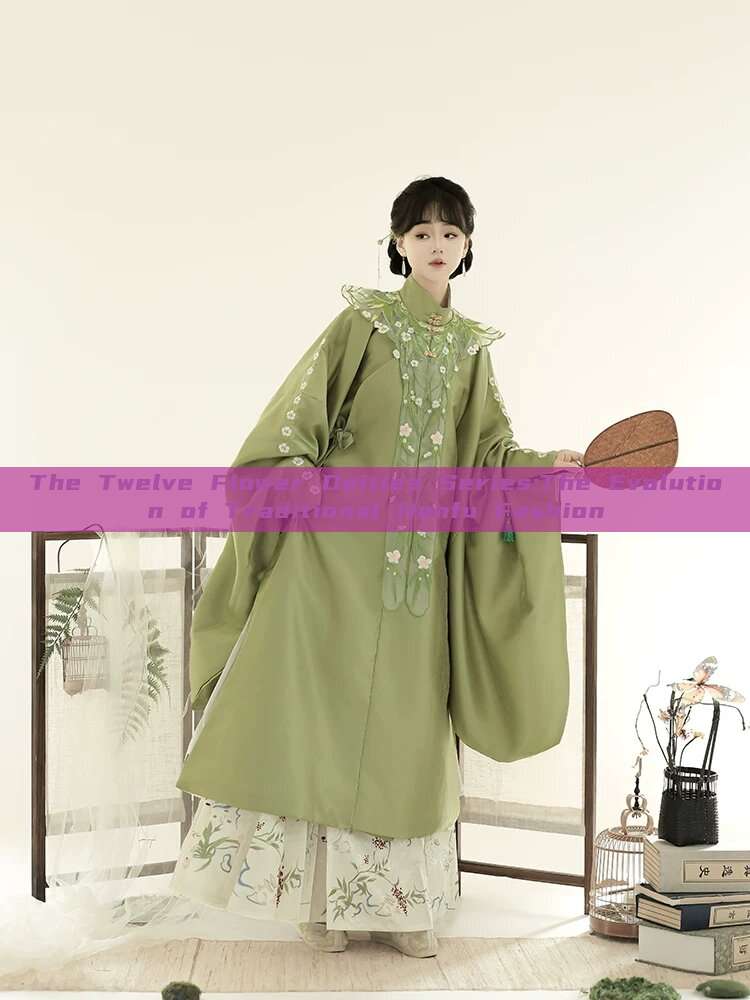In The realm of traditional Chinese culture, Hanfu, the traditional clothing of the Han ethnicity, embodies a profound history and rich aesthetics. Among the various ornaments that grace the heads of those wearing Hanfu, the Xiaohuachai, or small flower-shaped hairpin, stands out as a symbol of exquisite craftsmanship and cultural significance.

The Xiaohuachai, a common hair accessory in Hanfu headdress, is a small hairpin adorned with flowers or floral designs. These ornaments are usually made of precious metals like gold or silver, and often embellished with gemstones or pearls, creating a stunning contrast against the soft silk fabrics of Hanfu. The design of Xiaohuachai reflects the harmony between nature and art, embodying the beauty of flowers in a highly stylized and symbolic form.
The history of Xiaohuachai can be traced back to the ancient times when women in China used to decorate their hair with flowers and leaves. Over time, these natural elements evolved into more intricate and decorative hairpin designs. The popularity of Xiaohuachai reached its peak during the Ming and Qing dynasties, becoming a must-have accessory for women of noble status.
The cultural significance of Xiaohuachai lies in its symbolization of beauty and femininity. It not only enhances the wearer's elegance but also serves as a medium to showcase traditional craftsmanship. The intricate details and patterns on these hairpins reflect the skilled craftsmanship of Chinese jewelry makers, who used various techniques like engraving, filigree, and gem-setting to create stunning pieces of art.
The use of Xiaohuachai in Hanfu headdress is not just about adorning hair; it's also about expressing one's cultural identity and pride. Wearing Hanfu itself is a form of cultural expression, and the addition of Xiaohuachai enhances this expression. It allows the wearer to showcase their affiliation with the Han ethnicity and their appreciation for traditional Chinese culture.
In modern times, the popularity of Hanfu and its accessories has experienced a revival. The Xiaohuachai, once a symbol of nobility and elegance, has now become a popular hair accessory among enthusiasts of traditional culture and those who appreciate traditional Chinese craftsmanship. Its popularity has also extended to international circles, where it has become a symbol of cultural exchange and understanding between China and the world.
The story of Xiaohuachai is not just about a hairpin; it's about the intersection of culture, history, and art. It represents a legacy that has been passed down through generations and continues to inspire people today. The beauty and charm of Xiaohuachai will forever remain a testament to the rich cultural heritage of China and the skilled craftsmanship of its makers.
In conclusion, the Xiaohuachai, a small flower-shaped hairpin in Hanfu headdress, embodies a profound history and rich cultural significance. It represents a bridge between traditional Chinese culture and modern aesthetics, allowing people to express their cultural identity and pride. Its popularity has experienced a revival in modern times, extending not just within China but also to international circles. The story of Xiaohuachai continues to inspire people today, reminding them of the rich cultural heritage and skilled craftsmanship that China has to offer.








